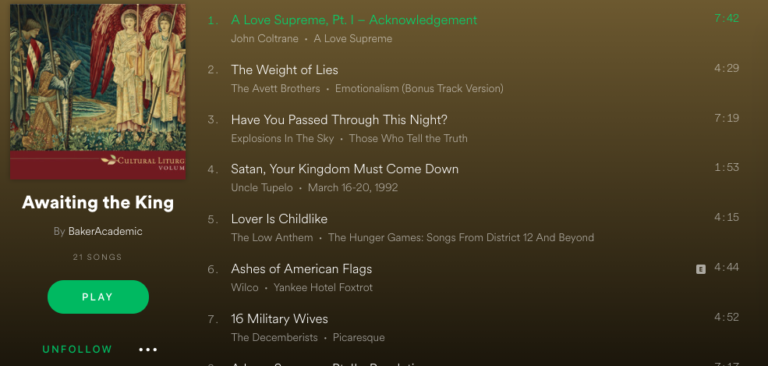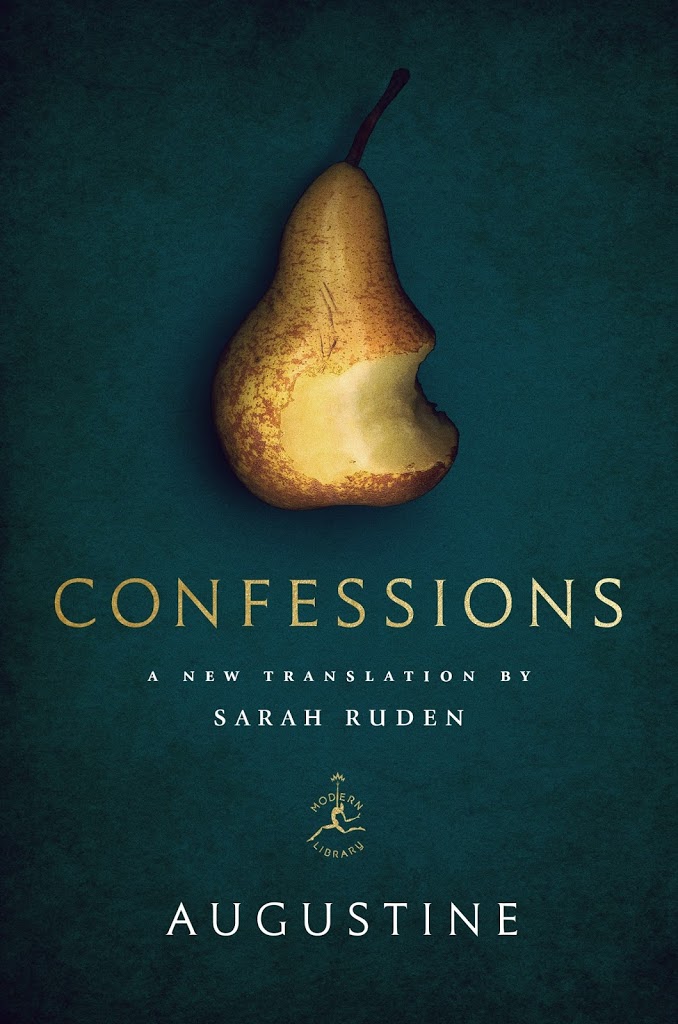Ruskin, Work, and ‘The Nature of the Gothic’
One of the courses I’m teaching here in York is a delightful but admittedly idiosyncratic one entitled ‘Victorian Britain and Postmodern Culture: Contemporary Medievalisms.’ (The unofficial title is ‘everything Jamie loves about 19th-century England.’) One of the key figures who keeps confronting us is John Ruskin, whose own Fors Clavigera is the namesake for this little blog venture.
Today we’re engaging Ruskin’s classic essay, ‘The Nature of the Gothic,’ embedded in volume 2 of The Stones of Venice. One of the great pieces of 19th-century prose, it is also a powerful indictment of the mercantilism unleashed by the alchemy of Adam Smith’s economics coupled with the Industrial Revolution. Here I provide just a few snippets to get a feel for Ruskin’s still timely (more timely?) critique.
Ruskin emphasized that what distinguished Gothic architecture from earlier classical architecture, as well as later “industrial” building, was the freedom of the craftsman. Greek temples were built by slaves. The laborers were not properly craftsmen but rather human tools and machines. Thus classical architecture has a kind of pristine perfection about it that is artificial and mechanistic; it shows no stamp of individual artists. And this desire for a pristine perfection and uniformity is, in fact, a suppression of nature and individuality.
For Ruskin, the “modern” laborer was not qualitatively different. While not a “slave” in the traditional sense, he was still reduced to an unthinking machine. He put it this way:
“It is verily this degradation of the operative into a machine, which, more than any other evil of the times, is leading the mass of the national everywhere into vain, incoherent, destructive struggling for a freedom of which they cannot explain the nature themselves. Their universal outcry against wealth, against nobility, is not forced from them either by the pressure of famine, or the sting of mortified pride. These do much, and have done much in all ages; but the foundations of society were never yet shaken as they are at this day. It is not that mean are ill fed, but that they have no pleasure in the work by which they make their bread, and therefore look to wealth as the only means of pleasure. It is not that mean are pained by the scorne of the upper classes, but they cannot endure their own; for they feel that the kind of labour to which they are condemned is verily a degrading one, and makes them less than men. Never had the upper classes so much sympathy with the lower, or charity for them, as they have at this day, and yet never were they so much hated by them: for, of old, the separation between the noble and the poor was merely a wall built by law; now it is a veritable difference in level of standing, a precipice between upper and lower grounds in the field of humanity, and there is pestilential air at the bottom of it.” (p. 161)
He continues with a rant on the so-called division of labor which was taken to be that great blessing to the British economy:
“We have much studied and much perfected, of late, the great civilized invention of the division of labour; only we give it a false name. It is not, truly speaking, the labour that is divided; but the men:–Divided into mere segments of men—broken into small fragments and crumbs of life; so that all the little piece of intelligence that is left in a man is not enough to make a pin, or a nail, but exhausts itself in making the point of a pin[1] or the head of a nail. Now it is a good and desirable thing, truly, to make many pins in a day; but if we could only see with what crystal sand their points were polished,–sand of human soul, much to be magnified before it can be discerned for what it is—we should think there might be some loss in it also. And the great cry that rises from all our manufacturing cities, louder than their furnace blast, is all in very deed for this,–that we manufacture everything there except men; we blanch cotton, and strengthen steel, and refine sugar, and shape pottery; but to brighten, to strengthen, to refine, or to form a single living spirit, never enters into our estimate of advantages. And all the evil to which that cry is urging our myriads can be met only in one way: not by teaching or preaching, for to teach them is but to show them their misery, and to preach to them, if we do nothing more than preach, is to mock at it. It can be met only by a right understanding, on the part of all classes, of what kinds of labour are good for men, raising them, and making them happy; by a determined sacrifice of such convenience, or beauty, or cheapness as is to be got only by the degradation of the workman; and by equally determined demand for the products and results of healthy and ennobling labour.” (pp. 162-163).
So the “modern” pre-occupation for pristine perfection and exquisite finish is bought with a price: viz., the effective enslavement of the ‘divided’ labourer. But the Gothic—which is a distinctly Christian architectural grammar—rejects such slavery:
“But in the mediaeval, or especially Christian, system of ornament, this slavery is done away with altogether; Christianity having recognized, in small things as well as great, the individual value of every soul. But it not only recognizes its value; it confesses its imperfection, in only bestowing dignity upon the acknowledgment of unworthiness. […] Therefore, to every spirit which Christianity summons to her serve, her exhortation is: Do what you can, and confess frankly what you are unable to do; neither let your effort be shortened for fear of failure, nor your confession silenced for fear of shame. And it is, perhaps, the principal admirableness of the Gothic schools or architecture, that they thus receive the results of the labour of inferior minds; and out of fragments full of imperfection, and betraying that imperfection in every touch, indulgently raise up a stately and unaccusable whole.” (pp. 157-158)
So to the so-called perfection of classical and modern architecture, Ruskin contrasts the beautiful imperfection of the Gothic:
“And on the other hand, go forth again to gaze upon the old cathedral front, where you have smiled so often at the fantastic ignorance of the old sculptors: examine once more those ugly goblins, and formless monsters, and stern statues, anatomiless and rigid; but do not mock at them, for they are signs of the life and liberty of every workman who struck the stone; a freedom of thought, and rank in the scale of being, such as no laws, no charters, no charities can secure; but which it must be first aim of all Europe at this day to regain for her children.” (pp. 160-161)
These are just snippets, but they give you a sense of Ruskin’s trenchant critique of the shape of work in industrialized England. But this was not in the name of leisure, but rather in the name of “ennobling” work, rooting in a basic affirmation of labor. In fact, Ruskin instituted at Oxford what we would today describe as a service-learning program, where Oxford undergraduates would join him on work teams that built roads, etc. (In fact, Oscar Wilde would be a member of one of these work teams!)
[1] A shot at the oft-repeated example in Adam Smith’s Wealth of Nations (1776).



